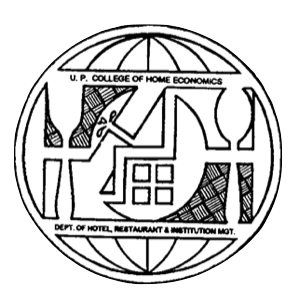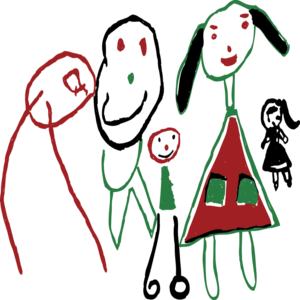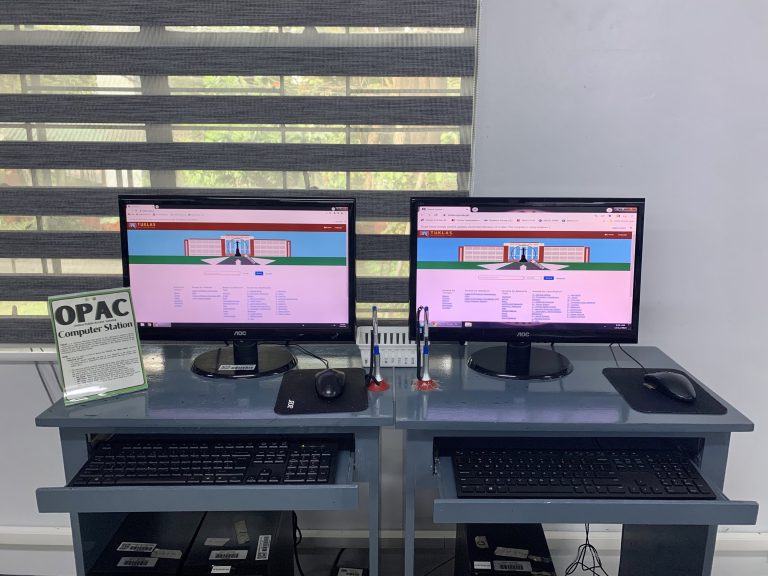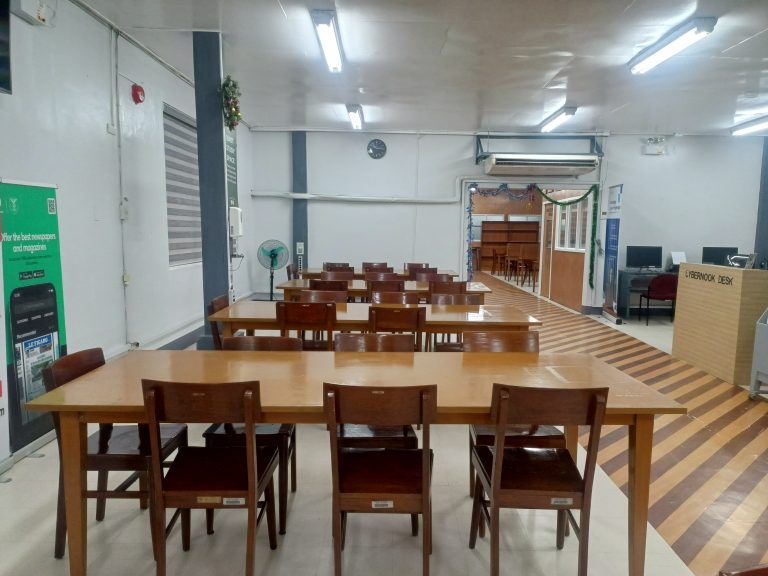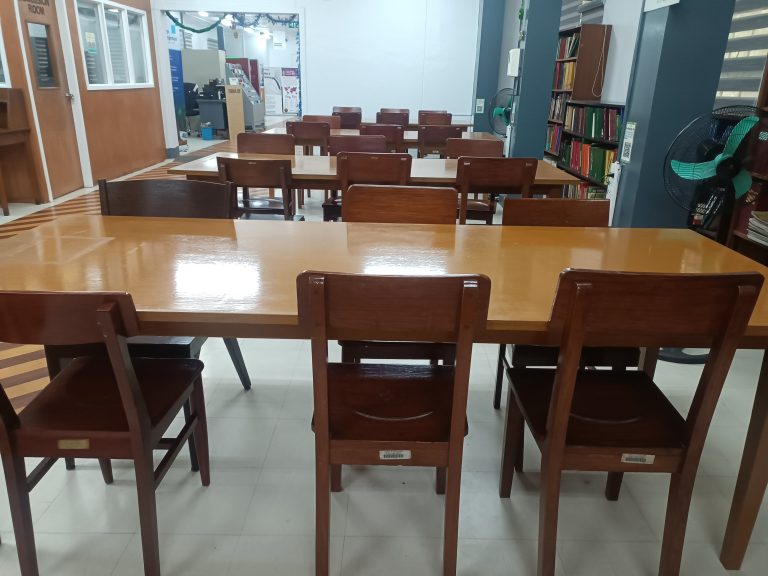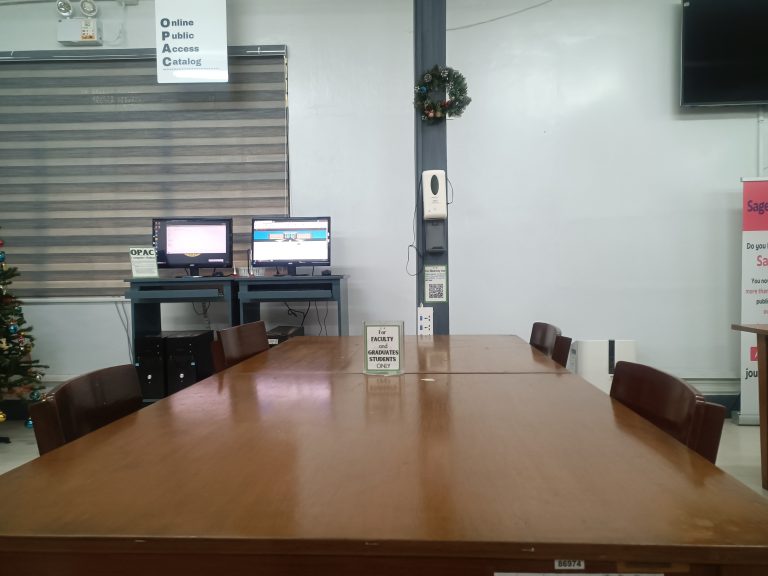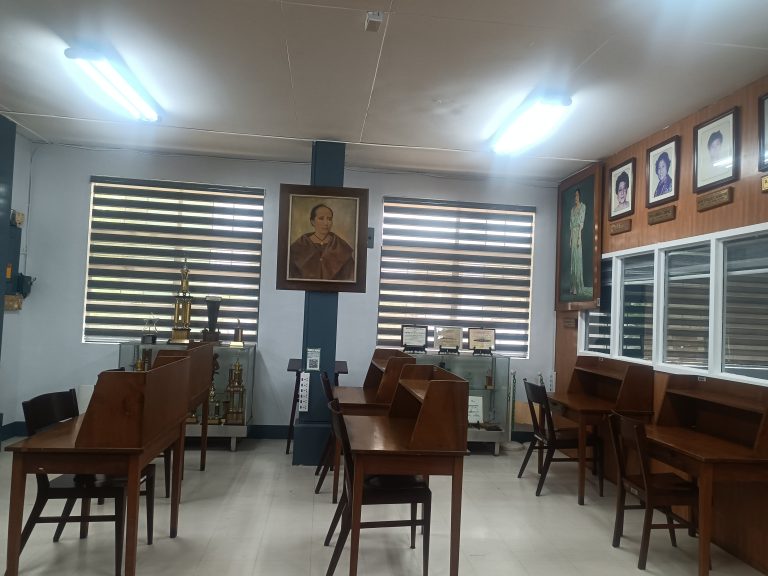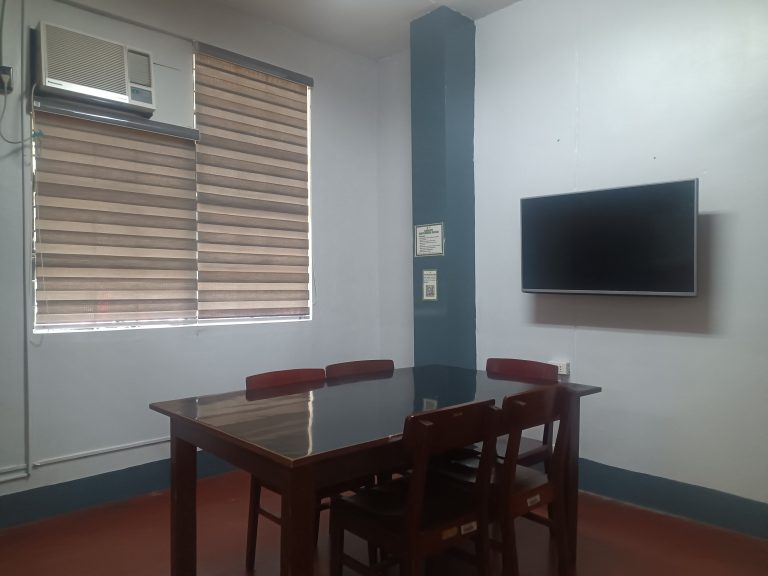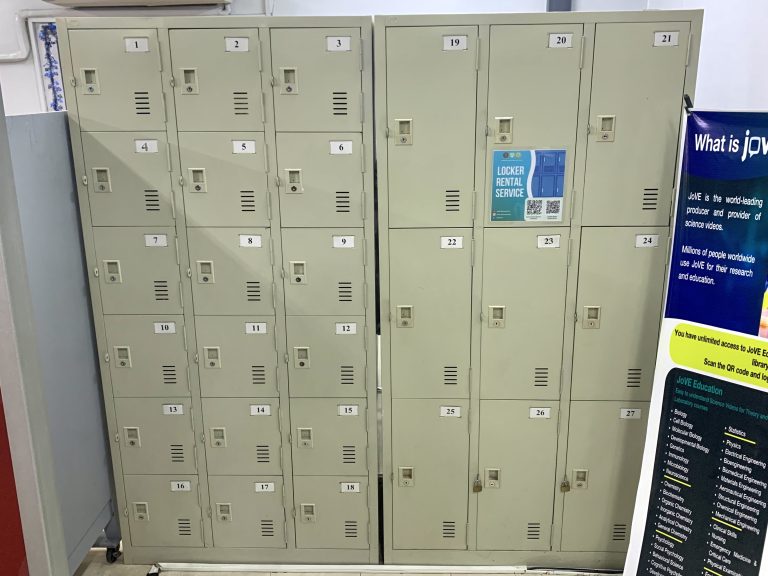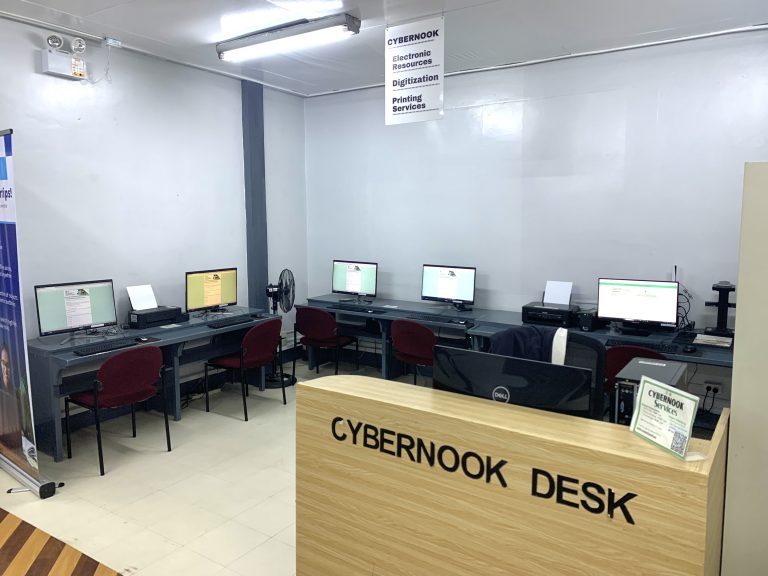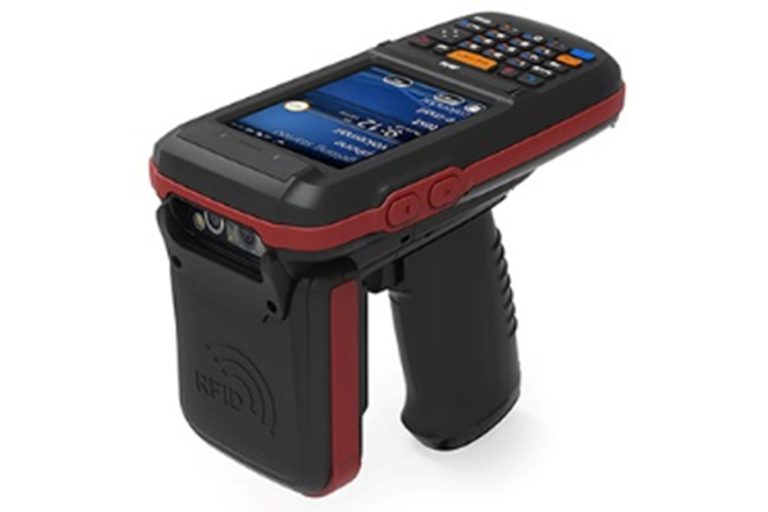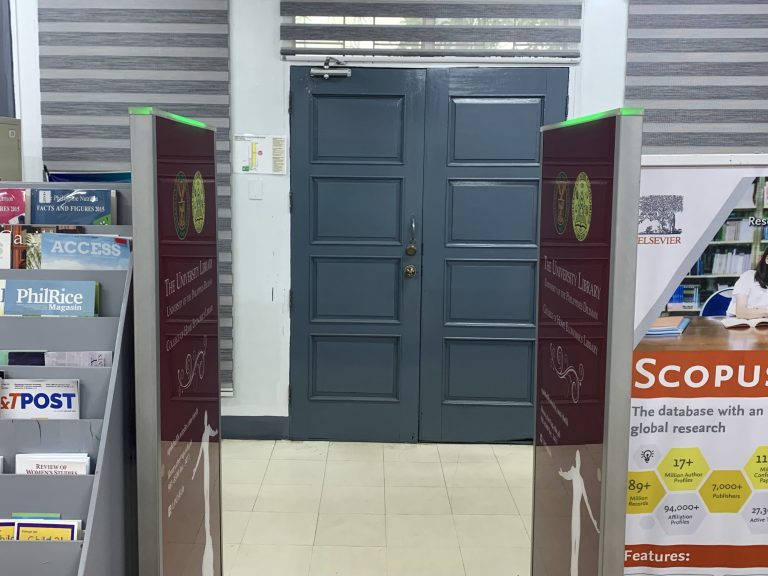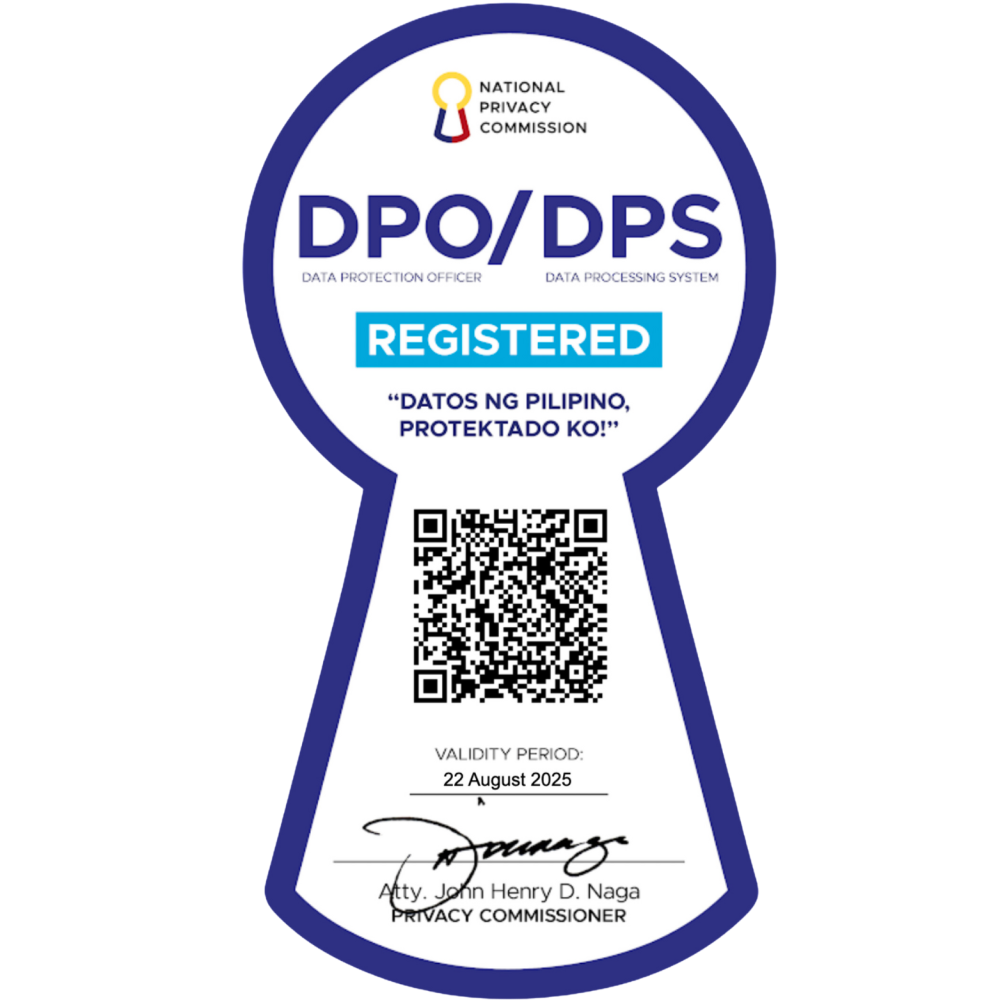ABOUT US
The College of Home Economics Library is in the Annex Building known as Perez Hall, named after the late Dr. Presentacion T. Perez and the first Dean of the College of Home Economics. The CHE Library supports the College graduate and undergraduate programs in its instructional research and information needs.
The college has five (5) departments:
LOCATION & SERVICE HOURS
Location
Perez Hall, Regidor St., UP Campus, Diliman, Quezon City, 1101 Philippines
Service Hours
Monday to Friday 8:00 am to 5:00 pm
POLICIES AND GUIDELINES
Access Requirements:
– UP Student ID or Form 5
– Temporary Library Card
– UP Employee ID
Borrowing Privileges:
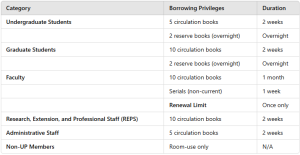
Courtesy Guidelines within the Library Premises
Library Rules and Regulations (via Main Library Website)
BRIEF HISTORY
The Che Library is named after the late Dr. Presentacion T. Perez, the first dean of the College of Home Economics. The original CHE Library was a small room located at the second floor of Alonzo Hall. In 1973, the library was transferred to its present location, where it has undergone four major changes. In 1977, the circulation area was expanded. In 1992, the library doubled its floor area with the addition of the former Multipurpose hall. In 1995, a technical section room was put up. A Unique feature was added to the Library in 1992, with the setting up of a “Koleksyon ng Katutubong Gamit at Pagkain”.
VISION
A dynamic and comprehensive hub of resources that seamlessly integrates cutting-edge technology, inclusive services, and state-of-the-art library spaces catering to the academic, research, and personal development needs of students, faculty, staff, alumni, and researchers in an evolving landscapes of home economics.
MISSION
Facilitate transformative learning and research experiences which will empower individuals with knowledge and skills needed to succeed in their academic pursuits and professional endeavours. The UP College of Home Economics Library is dedicated in providing accessible, current, extensive resources, sustainable services and programs that support the academic curriculum, research initiatives, and lifelong learning journey of all the stakeholders.
GOALS
(1) Provide adequate and relevant resources, facilities and services to the CHE academic community as a means to achieve the College goals and objectives; (2) Support the College graduate and undergraduate programs in its instructional research and information needs; (3) Develop, enrich and maintain the library collection in terms of needs at the offerings and programs of the college; & (4) Develop technology tools that will enable users to access web based information resources.
LIBRARY STAFF







FACILITIES
OPAC COMPUTER CENTER
An Online Public Access Catalog (OPAC) is a computerized catalog that provides access to a library’s collection of resources over the internet. It serves as a user-friendly interface for patrons to search, locate, and access various materials available in a library, including books, journals, multimedia items, and other resources.
READING AREA
The Reading Area is a designated space within a library designed to provide a quiet and conducive environment for individuals to read, study, and engage in intellectual activities.
FACULTY AND GRADUATE STUDENT STUDY TABLES
STUDY CARRELS
PUBLIC INFORMATION CONTROL DESK
The library public assistance desk, often referred to as the reference desk or information desk, serves as a central point for patrons seeking help, information, and guidance within a library. This desk is typically staffed by knowledgeable librarians or trained library staff who are skilled in assisting users with various queries and research needs.
DISCUSSION ROOM
The Discussion Room is a designated space within a library designed to facilitate group discussions, collaborative study sessions, or other interactive activities related to academic or intellectual pursuits. This room is typically equipped with television and computer that supports a conducive environment for focused conversations and teamwork.
LOCKER RENTAL SERVICES
Discover the CHE Locker Rental Service, your go-to solution for secure and convenient storage! Designed to cater to students, staff, and visitors at CHE, our lockers are perfect for storing personal belongings, books, equipment, and more.
POWER OUTLET
CYBERNOOK
The Cyber Nook is strategically located within the library, easily accessible to all patrons. The printing area is equipped with printers, allowing library users to conveniently print documents, research papers, and other materials. It has scanners, enabling users to digitize physical documents, articles, or images. Patrons can explore a vast array of electronic resources, including e-books, academic databases, and online journals, providing a wealth of information at their fingertips.
RFID TECHNOLOGY
Security Panel – is designed to enhance library security and prevent unauthorized removal of library materials . It has several advantages, including efficient and accurate tracking of library materials, quicker check-in and check-out processes, and enhanced security by deterring theft. Additionally, RFID technology enables libraries to automate inventory management and streamline the overall library operation.
Self-Check-in/out Kiosk – is a technology-driven system designed to streamline and automate the borrowing and returning of library materials.The kiosk features a user-friendly interface, often a touchscreen display, where patrons can interact with the system. This interface guides users through the self-check-in or self-check-out process, providing prompts and instructions.
REACH US
Have a question or concern? Contact Us.
Phone: 985-85-00 local 3411
Email: chelib.upd@up.edu.ph
FB Messenger: https://m.me/UPCHELib/
LOCATION & SERVICE HOURS
Location
Perez Hall, Regidor St., UP Campus, Diliman, Quezon City, 1101 Philippines
Service Hours
Monday to Friday 8:00 am to 5:00 pm
POLICIES AND GUIDELINES
Access Requirements:
– UP Student ID or Form 5
– Temporary Library Card
– UP Employee ID
Borrowing Privileges:

Courtesy Guidelines within the Library Premises
Library Rules and Regulations (via Main Library Website)
BRIEF HISTORY
The Che Library is named after the late Dr. Presentacion T. Perez, the first dean of the College of Home Economics. The original CHE Library was a small room located at the second floor of Alonzo Hall. In 1973, the library was transferred to its present location, where it has undergone four major changes. In 1977, the circulation area was expanded. In 1992, the library doubled its floor area with the addition of the former Multipurpose hall. In 1995, a technical section room was put up. A Unique feature was added to the Library in 1992, with the setting up of a “Koleksyon ng Katutubong Gamit at Pagkain”.
VISION
A dynamic and comprehensive hub of resources that seamlessly integrates cutting-edge technology, inclusive services, and state-of-the-art library spaces catering to the academic, research, and personal development needs of students, faculty, staff, alumni, and researchers in an evolving landscapes of home economics.
MISSION
Facilitate transformative learning and research experiences which will empower individuals with knowledge and skills needed to succeed in their academic pursuits and professional endeavours. The UP College of Home Economics Library is dedicated in providing accessible, current, extensive resources, sustainable services and programs that support the academic curriculum, research initiatives, and lifelong learning journey of all the stakeholders.
GOALS
(1) Provide adequate and relevant resources, facilities and services to the CHE academic community as a means to achieve the College goals and objectives; (2) Support the College graduate and undergraduate programs in its instructional research and information needs; (3) Develop, enrich and maintain the library collection in terms of needs at the offerings and programs of the college; & (4) Develop technology tools that will enable users to access web based information resources.
LIBRARY STAFF







FACILITIES
OPAC COMPUTER CENTER
An Online Public Access Catalog (OPAC) is a computerized catalog that provides access to a library’s collection of resources over the internet. It serves as a user-friendly interface for patrons to search, locate, and access various materials available in a library, including books, journals, multimedia items, and other resources.
READING AREA
The Reading Area is a designated space within a library designed to provide a quiet and conducive environment for individuals to read, study, and engage in intellectual activities.
FACULTY AND GRADUATE STUDENT STUDY TABLES
STUDY CARRELS
PUBLIC INFORMATION CONTROL DESK
The library public assistance desk, often referred to as the reference desk or information desk, serves as a central point for patrons seeking help, information, and guidance within a library. This desk is typically staffed by knowledgeable librarians or trained library staff who are skilled in assisting users with various queries and research needs.
DISCUSSION ROOM
The Discussion Room is a designated space within a library designed to facilitate group discussions, collaborative study sessions, or other interactive activities related to academic or intellectual pursuits. This room is typically equipped with television and computer that supports a conducive environment for focused conversations and teamwork.
LOCKER RENTAL SERVICES
Discover the CHE Locker Rental Service, your go-to solution for secure and convenient storage! Designed to cater to students, staff, and visitors at CHE, our lockers are perfect for storing personal belongings, books, equipment, and more.
POWER OUTLET
CYBERNOOK
The Cyber Nook is strategically located within the library, easily accessible to all patrons. The printing area is equipped with printers, allowing library users to conveniently print documents, research papers, and other materials. It has scanners, enabling users to digitize physical documents, articles, or images. Patrons can explore a vast array of electronic resources, including e-books, academic databases, and online journals, providing a wealth of information at their fingertips.
RFID TECHNOLOGY
Security Panel – is designed to enhance library security and prevent unauthorized removal of library materials . It has several advantages, including efficient and accurate tracking of library materials, quicker check-in and check-out processes, and enhanced security by deterring theft. Additionally, RFID technology enables libraries to automate inventory management and streamline the overall library operation.
Self-Check-in/out Kiosk – is a technology-driven system designed to streamline and automate the borrowing and returning of library materials.The kiosk features a user-friendly interface, often a touchscreen display, where patrons can interact with the system. This interface guides users through the self-check-in or self-check-out process, providing prompts and instructions.
REACH US
Have a question or concern? Contact Us.
Phone: 985-85-00 local 3411
Email: chelib.upd@up.edu.ph
FB Messenger: https://m.me/UPCHELib/


